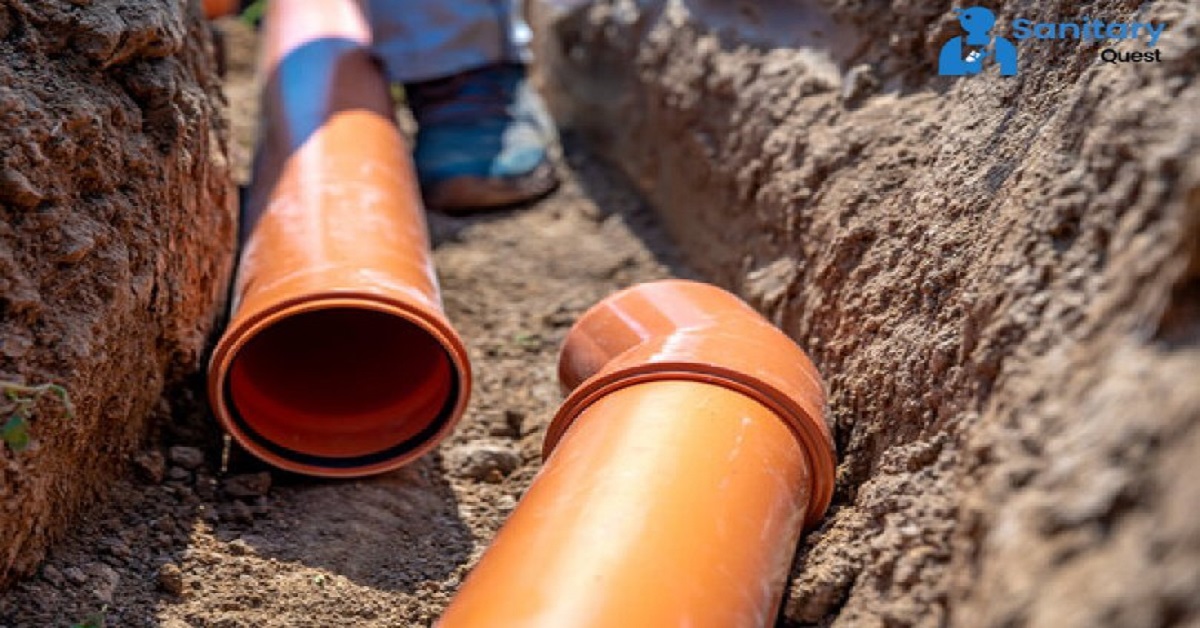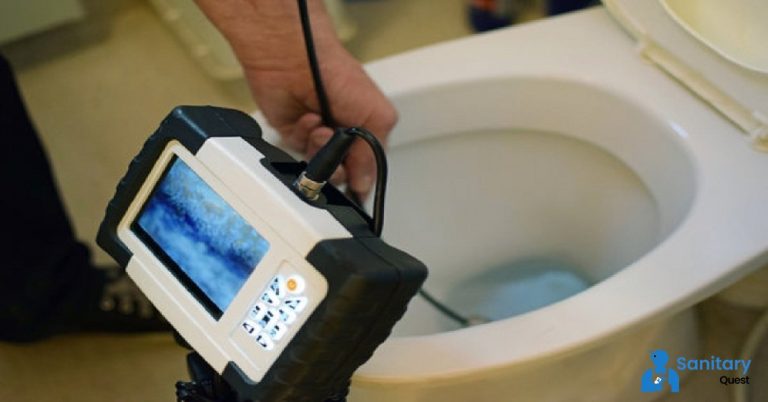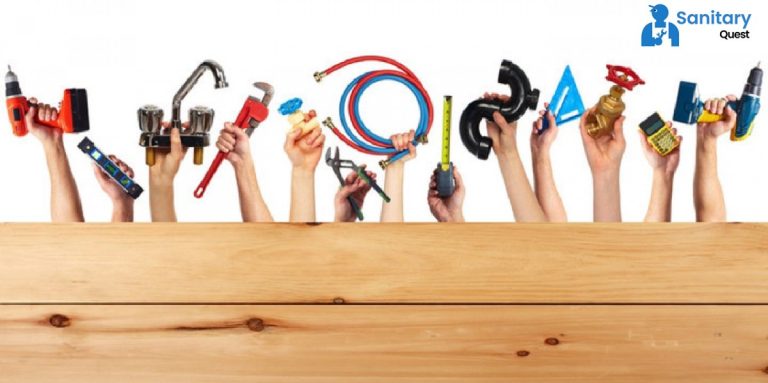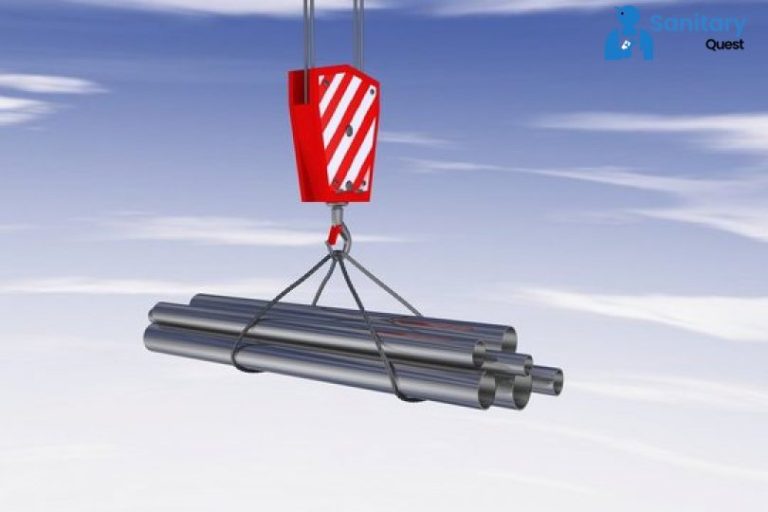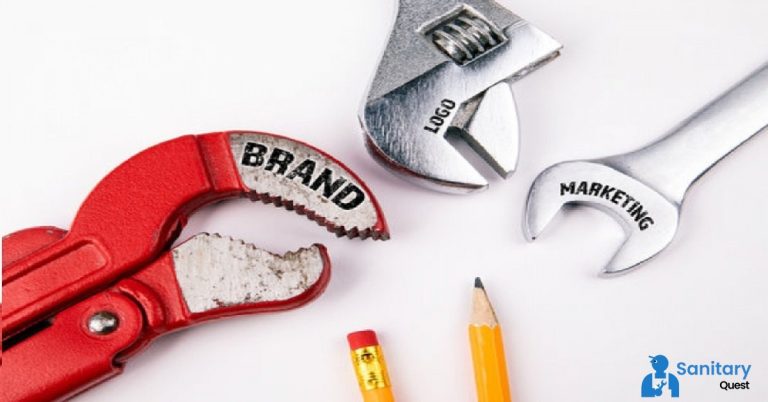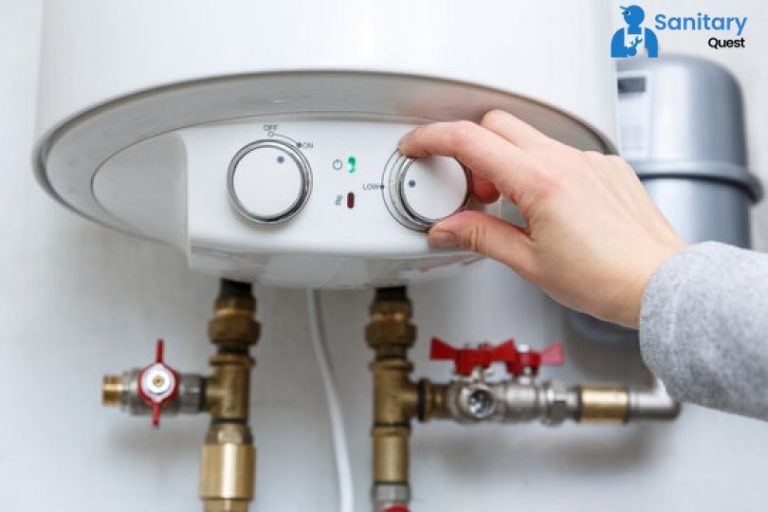How Affordable is Trenchless Pipe Repair Vs Traditional Repair?
The realization that you need to pipe repair on your property can be among the most stressful aspects of being a homeowner because of the associated costs. If that is the case, then the only question that remains is how much money it will cost. In the past, a pipe repair that was buried underground required multiple days, a significant amount of digging, and significant property damage. Trenchless pipe repair, on the other hand, allows plumbers to repair a pipe in less than 24 hours with only a small amount of digging required. And even though this method is gaining popularity, many homeowners still have questions about it. The following is something to think about.
Upfront Pipe Repair Costs
Pipes that are repaired using traditional methods cost less overall, and because this method is more widespread, you will likely have more plumbing professionals from which to choose. The traditional method of pipe repair can vary anywhere from $50 to $250 per foot, and that price does not include any additional charges, such as having the property fixed.
The cost of repairing pipes without digging trenches can vary depending on which of two methods is used:
- Lateral Pipe Lining is a technique that makes use of the existing pipe by applying a coating of epoxy to cover any fractures or other imperfections in the pipe, effectively resulting in the creation of a new pipe. The costs of lining a lateral pipe can run anywhere from $80 to $250 per foot.
- Pipe Bursting: This technique involves destroying the old pipe with a pneumatic or hydraulic head, and then bringing in a new pipe to replace the one that was destroyed. This solution is typically more cost-effective than lateral pipe lining, with costs ranging from $60 to $200 per foot of pipe that is replaced.
Although it may appear on paper that traditional repair procedures are less expensive, this is not necessarily the case.
Hidden Costs
Repairing pipes using more conventional methods results in additional expenses that were not included in the first estimate. For example, the cost of excavating the old pipe might not be included, or the job might require the services of a different contractor to be finished. You may have to pay a fee if you need to have any heavier items moved because they are blocking the sewer line.
Even if the initial cost covers everything, it probably won’t cover the expense of fixing a driveway or landscaping that gets damaged during the procedure, even if the initial cost covers everything else. Homeowners typically incur fees in the thousands of dollars to restore their properties to their previous states.
In contrast, trenchless repairs do not incur these costs because they are just slightly more invasive than traditional methods. Nothing is damaged, and there will be no need for any repairs after this process is complete. When it comes to fixing a broken pipe, going the road of trenchless repairs is, in general, the most cost-effective, simplest, and least expensive option.
FAQs
Q1: What are the downsides of trenchless pipe replacement?
Trenchless pipe replacement has a few drawbacks. Sometimes, fixing pipes without digging can cost more, especially for smaller problems. The equipment and technology used in trenchless replacement can require specialized knowledge and might not be readily available in all areas, potentially leading to higher costs or longer wait times.
Q2: Why is trenchless pipe a good option instead of pipe replacement?
Trenchless pipe methods are a good choice because they don’t require digging up the ground like traditional pipe replacement. Not digging saves time, makes less mess, and can cost less, too. With technology, these ways fix or change pipes without big digging, which is easier for many situations.
Q3: What’s the price for sleeving a pipe?
The cost of sleeving a pipe can vary depending on factors like the length of the pipe, its diameter, and the material used for the sleeve. On average, the cost can range from a few hundred to several thousand dollars. It’s best to get estimates from professionals, as they can provide accurate pricing based on the specifics of your project.
Q4: How much time does trenchless pipe lining need?
The duration for trenchless pipe lining can vary based on factors like the length of the pipe, the extent of damage, and the technology used. Generally, it can take anywhere from a few hours to a day or more to complete the process. Ask a pro to get a better idea of how long it might take for your project.

